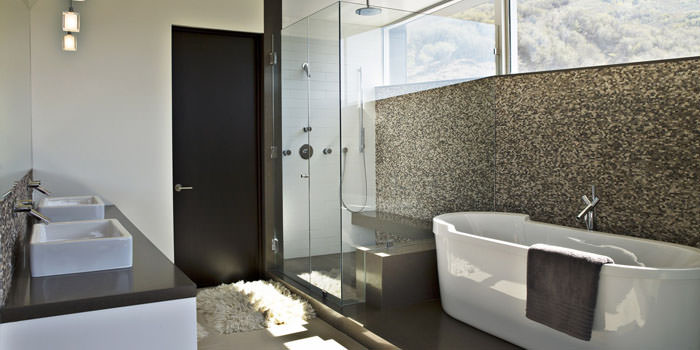
How Architectural Innovation Shapes Modern Homes
In the era of rapid technological advancement, architecture has experienced a significant transformation. From smart homes to minimalist designs, architects are continually innovating to meet the evolving needs of homeowners. The modern home is no longer just a place of shelter; it’s a personalized space that blends technology, functionality, and aesthetic appeal.
Smart Homes and Technology Integration
- Automation Systems
Smart homes are a hallmark of modern architecture. Home automation systems control lighting, heating, security, and entertainment from a single device. This integration of technology not only enhances convenience but also contributes to energy efficiency. - Sustainable Features
Solar panels, energy-efficient appliances, and sustainable building materials are becoming standard in modern homes. These features reduce the environmental impact and help homeowners save on energy costs. - Open-Concept Living
Open-concept designs have become a dominant trend in residential architecture. This layout fosters better communication, maximizes space, and creates a seamless flow between indoor and outdoor areas, offering a sense of openness and connectivity.
Aesthetic Trends in Modern Homes
Minimalist designs, clean lines, and the use of neutral color palettes dominate the aesthetic of modern homes. Architects are focusing on simplicity and functionality, creating spaces that feel calm and clutter-free. Large windows, natural materials, and sleek finishes are often used to create a harmonious balance between nature and modernity.
As architectural innovation continues, modern homes will become even more connected, sustainable, and tailored to the needs of future generations.
